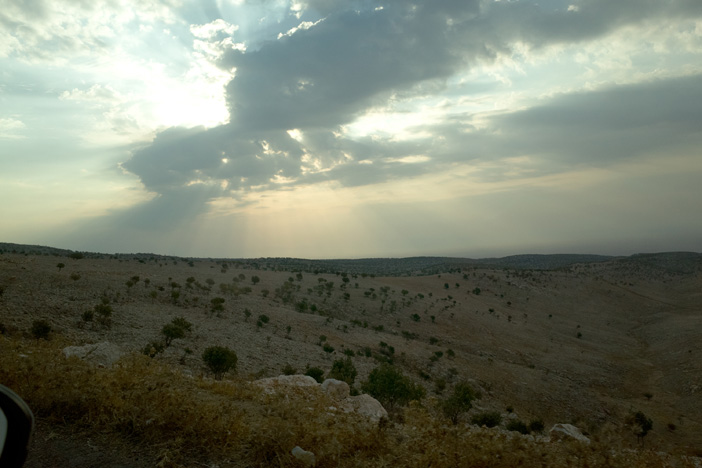
On the plateau of the Sinjar Mountains.
Even dictator Saddam Hussein knew the military strategic importance of the 1463 m high Sinjar Mountains on the border with Syria and Turkey. At the end of the second Gulf War, Saddam Hussein's military fired missiles at Israel from the summit of the Sinjar Mountains. After the 2003 US invasion of Iraq, the US army established a base on the summit, but it is now the responsibility of the Iraqi army.
In October 2020, the central government in Baghdad and the regional government of the Autonomous Kurdistan Region of Iraq decided that all armed groups should withdraw from the Sinjar district.
However, representatives of the local community in Sinjar were hardly included in this agreement and it has not been implemented yet. For example, militias of the Kurdistan Workers' Party (PKK) are still in Sinjar today, as are units of the pro-Iranian Hashd al Shaabi militia. Both groups work together and the PKK also tries to recruit new fighters among minors in the Sinjar region.
With its presence in Sinjar, the PKK is drawing the people living there into the conflict between the PKK and the Turkish army.
The Turkish military attacks PKK positions from the air and with drones, resulting in repeated civilian casualties. In 2018 Turkey already occupied the canton of Afrin in Syria, displaced residents there and established a so-called security zone.
This threat of conflict between Kurdish militias, the Turkish military and pro-Iranian militias is preventing the security situation in the Sinjar region from stabilizing. Thousands of internally displaced people, living in refugee camps in Iraq Kurdistan for seven years now are thus prevented from returning home.
In addition, the infrastructure remains destroyed in large parts of the Sinjar region.
<< >>